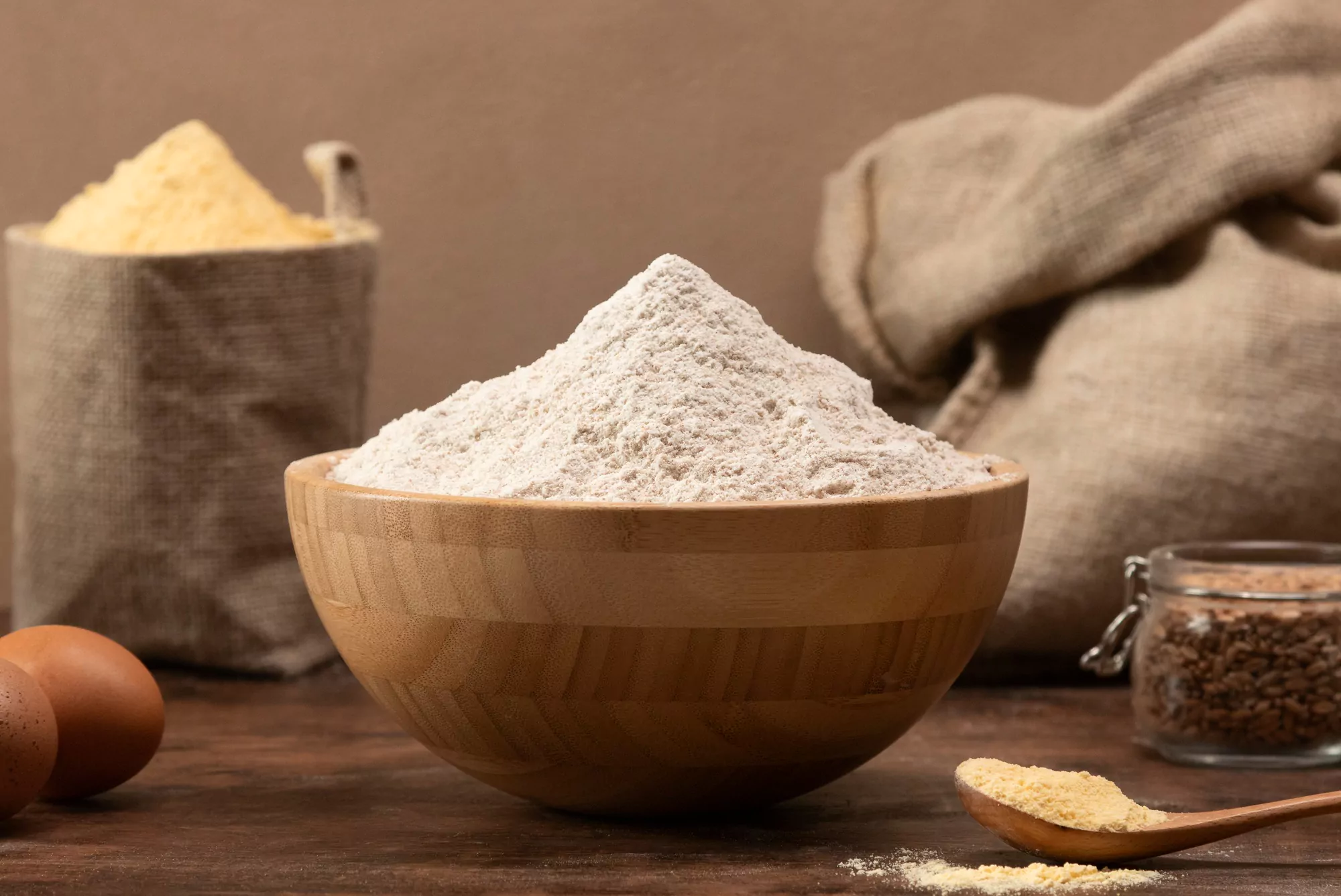A Novel Study on Millet Starches Reveals Functional Differences Between Waxy and Non-Waxy Varieties
A recent investigation into the physicochemical properties of starches in proso (non-waxy and waxy) and foxtail millets (non-waxy and waxy) has revealed significant distinctions that could impact their application in the food industry. Millets, heralded for their resilience to environmental stresses and nutritional merits, are prime candidates for starch exploration, a critical component of their kernels with various amylose contents influencing their functional properties.
The study, which has been published in ‘Molecules,’ a peer-reviewed journal, offers new insights into the structural nuances of millet starches with implications for their use in the creation of innovative food products and healthier alternatives in human diets.
Key Findings of the Study
The research led by Qinghua Yang and colleagues from the Northwest A&F University, China, meticulously isolated starches from both waxy and non-waxy proso and foxtail millets. Their study confirmed the presence of regular polygonal round shapes and the typical starch “Maltese crosses” across all starch granules.
Distinctly, waxy varieties of both millets exhibited a higher weight-average molar mass coupled with a greater branching degree and a shorter average chain length of amylopectin when compared to their non-waxy counterparts. It was also found that all starches presented A-type crystallinity, with waxy millets showing relatively higher crystallinity.
The gelatinization properties of the starches showed visible divergence, with waxy proso and foxtail millets having greater onset, peak, and conclusion temperatures, alongside higher gelatinization enthalpy. Contrastingly, the non-waxy varieties recorded higher setback viscosity, peak time, and pasting temperature.
Implications for Food Production and Nutrition
These findings elucidate the underlying structural differences between waxy and non-waxy millet starches, which could influence their behavior during cooking and processing. For instance, the waxy varieties with their higher gelatinization temperatures and enthalpy could lead to different textural qualities in cooked foods, potentially making them suitable for certain food applications where a firmer texture is desired.
Conversely, non-waxy millets, with their increased setback viscosity and higher pasting temperatures, might be better suited for products where a softer, more palatable texture is required. Their distinct properties could also play a significant role in influencing the glycemic index of foods, with potential benefits for managing blood sugar levels.
The Study’s Impact on the Agricultural Sector
This research not only opens new doors for the functional utilization of millet starches in the food industry but also underlines the importance of biodiversity in our crops. With the ever-growing demand for diverse and nutritious food sources, the implications of such studies are profound in agricultural planning and crop selection.
Contributions and Future Prospects
Supported by the National Millet Crops Research and Development System, the National Natural Science Foundation of China, the National Science and Technology Supporting Plan, and Shaanxi Province Key Research and Development Projects, this study provides a foundation for further research into the enzymatic treatments and modifications of millet starches to enhance their functionality.
Future studies will likely explore the implications of these physicochemical properties on digestion and metabolic responses in humans, paving the way for healthier food products and dietary interventions.
DOI and References
The article, titled “Physicochemical Properties of Starches in Proso (Non-Waxy and Waxy) and Foxtail Millets (Non-Waxy and Waxy),” is published under DOI: 10.3390/molecules24091743.
References
1. Zhu F. “Structure, physicochemical properties, and uses of millet starch.” Food Res. Int. 2014;64:200–211. doi: 10.1016/j.foodres.2014.06.026.
2. Chao G., et al. “Starch physicochemical properties of waxy proso millet (Panicum Miliaceum L.).” Starch. 2014;66:1005–1012. doi: 10.1002/star.201400018.
3. Zhang G., et al. “Genome sequence of foxtail millet (Setaria italica) provides insights into grass evolution and biofuel potential.” Nat. Biotechnol. 2012;30:549. doi: 10.1038/nbt.2195.
4. Yang Q.H., et al. “Comparison of physicochemical properties and cooking edibility of waxy and non-waxy proso millet (Panicum miliaceum L.).” Food Chem. 2018;257:271–278. doi: 10.1016/j.foodchem.2018.03.009.
5. Lin L.S., et al. “Relationships between amylopectin molecular structures and functional properties of different-sized fractions of normal and high-amylose maize starches.” Food Hydrocolloid. 2016;52:359–368. doi: 10.1016/j.foodhyd.2015.07.019.
Keywords
1. Millet starch properties
2. Waxy vs Non-Waxy millet
3. Millet starch gelatinization
4. Millet starch applications
5. Physicochemical characteristics of millets
